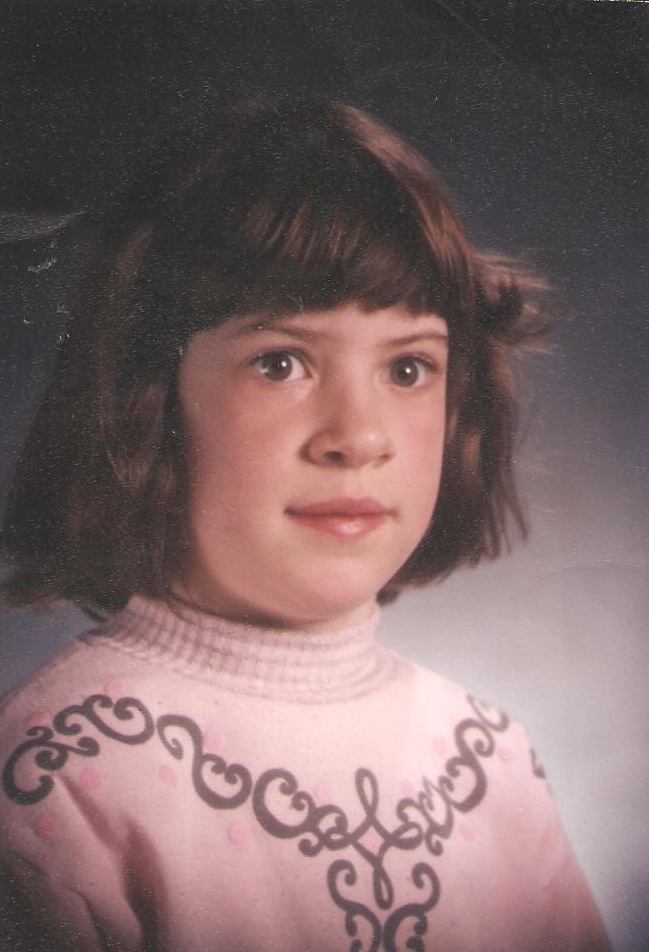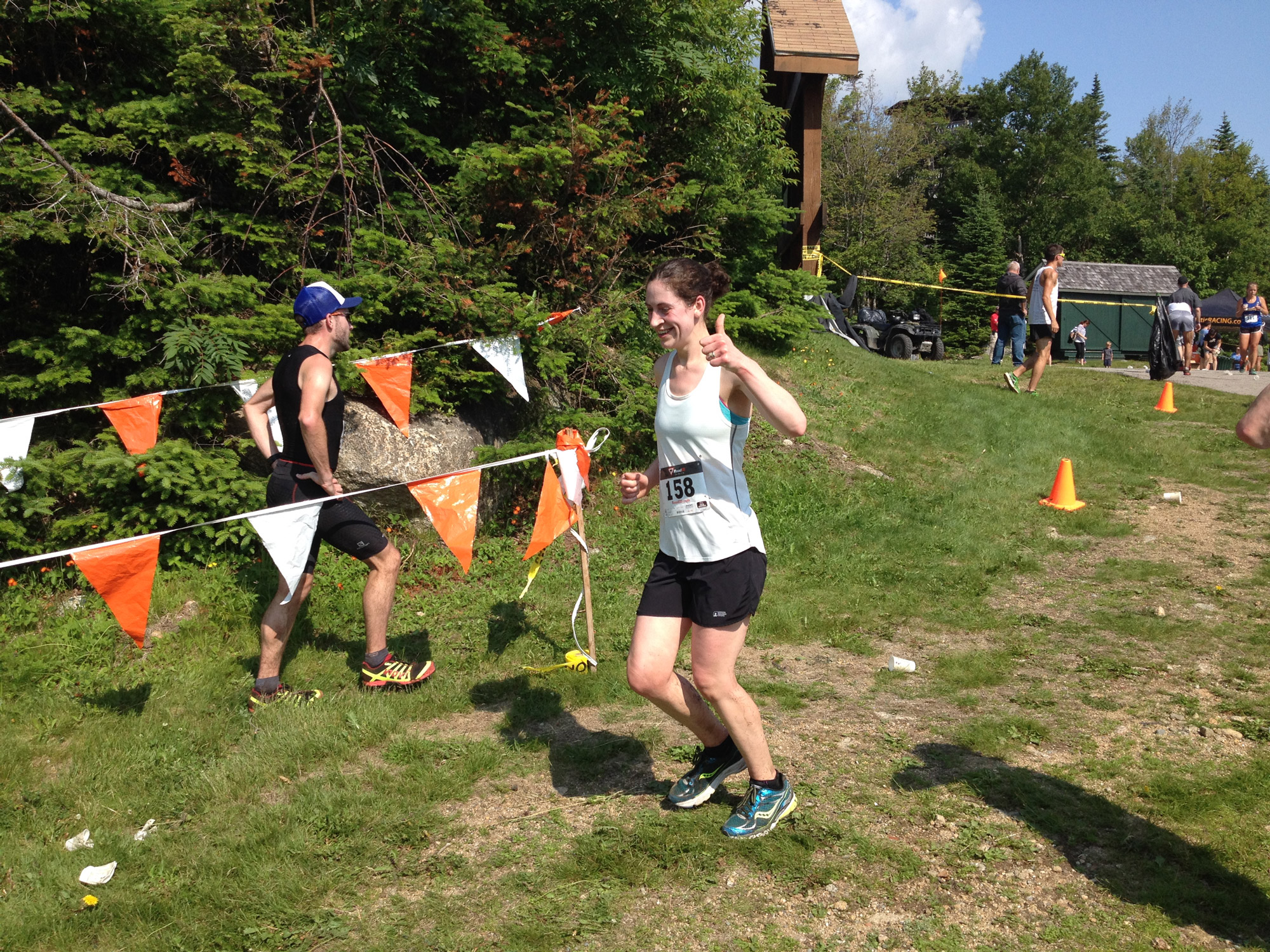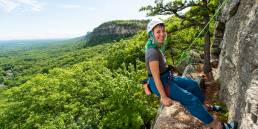I used to think getting up at 5 a.m. to go for a run made me strong. More specifically, I assumed my body was the physical manifestation of dedication, hard work, and good, old-fashioned grit.
But, then, I couldn’t run anymore. Plantar fasciitis turned into peroneal tendonitis in both feet. My ego, once swollen with pride, slowly deflated. That fast time in a local Winter Chiller race that won me a CamelBak meant nothing. My personal record in the 2014 Wolf Hollow half-marathon felt like it never happened.
My ego, once swollen with pride, slowly deflated.
Injuries suck. The physical therapy copayments, the specialized compression sleeves, and the inability to do what you love make a recipe for self-loathing, self-pity, and an irrational sense that the world as you know it—the world where you get to run pain-free—is coming to a bitter end. Time I once spent running is now spent reflecting. What did I do wrong? When will I get better? And, will I ever set a PR again?

When did I even become a runner? I have been running for so long that I have a hard time remembering life before my morning ritual. Now, I have so much more free time. What did I do with the 5 a.m. hour before it was filled with sweat and miles logged?
My memory goes back to the dreaded fifth-grade gym class 1.5-mile. It was no secret that I was remarkably uncoordinated. Expectations were low, so I felt little pressure to truly perform.
I’d be lying if I said I remember every sweaty detail. Middle school was a long, long time ago, and now, I’m 33 years old and have two young children. From what I recall, I loved feeling my heart beating wildly out of control and felt a little surprised when I finished shortly after one of the most athletic girls in my class.
Mostly, I remember crossing the finish line, the kind of arbitrary line someone made by dragging the heel of their sneaker across the dirt. When my gym teacher yelled “go” at the start, I made the choice to empty the tank, and when I crossed, I had nothing left but pride. It was a type of badass I had never felt before, but have been chasing ever since.
Mostly, I remember crossing the finish line, the kind of arbitrary line someone made by dragging the heel of their sneaker across the dirt.
Before the gym class run, I had no track record of accomplishments. I never received failing marks, but I rarely received an A and often fumbled my way through team sports. For the first time in my young life, I had achieved something all on my own—something no one could have done for me. I felt tough. My shoulders, which usually slumped forward in shyness, were held upright. I felt like I should be noticed, instead of overlooked. Finally, I was good at something.

Running (and being good at it) has helped me stay strong when everyday life gets hard. Since being injured and unable to run, however, my definition of strong has changed. And, I have changed, too. As running less has decreased my aerobic capacity, my maturity has increased. I may not be able to run right now, but I can still get up early and choose to move around. I don’t love yoga, but I’m starting to like it, and it’s better than not moving around at all. Now, I want to be noticed not simply because of how fast I can or can’t run, but also because of all the healthy choices I make in a day.
Maybe I can’t lace up my Brooks and run my normal 3.3-mile loop right now, but I can continue to do what running, and life, has taught me.
Getting up at 5 a.m every morning never meant I was strong. It simply meant I loved to run. Strong is choosing to remain active when it would be easier to do nothing. Or, it’s getting up early and riding a stationary bike while watching Mickey Mouse Clubhouse with my son. And, strong is not toppling over while the kids crawl under me as I try to hold downward dog. While running never felt like a chore for me, yoga, biking, and lifting weights all feel like work. I do these things because they keep me strong, so, when my injuries heal, I can return to doing what I love.
I can’t wait to run again, although I don’t know when it’s going to happen. Maybe I can’t lace up my Brooks and run my normal 3.3-mile loop now, but I can continue to do what running, and life, has taught me. I can continue to put one foot in front of the other.
Hannah Kokoski
Hannah is a New Hampshire native who lives in the Monadnock Region with her husband and two sons. When not chasing after her kids and not recovering from an injury, she loves to run, kayak, bike and knit. She is still trying to figure out how to run and knit at the same time.




